Mozambique's external deficit widens in 2024 despite investment growth
Mozambique: Almost 20% of households had more than seven people in 2022 – INE
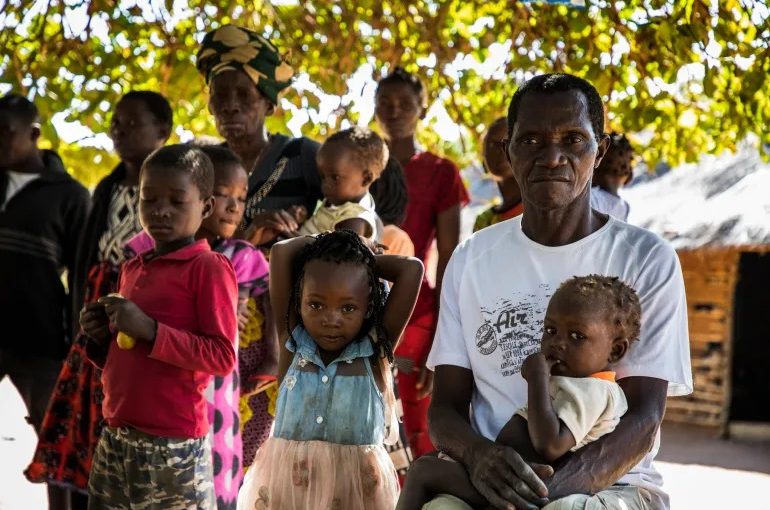
FILE - For illustration purposes only. [File photo: Lusa]
Almost 20% of the 6.9 million households counted in Mozambique in 2022 had more than seven people, according to data from the Family Budget Survey (IOF), released on Wednesday by the National Statistics Institute (INE).
According to the study, one of the oldest surveys conducted by the Mozambican INE, the country had 6,909,016 households at the end of last year, each with an average number of 4.6 members.
A third of households, 33%, had three to four members, 29.6% had five to six members, and 19.6% more than seven members, while 17.8% had only one to two members.
“The size and age structure of a household’s members influence the household’s consumption patterns. For example, the presence of children or elderly people in a household has important implications for the definition of the household’s consumption priorities, particularly with regard to the allocation of resources for education and health,” the report points out.
For the purposes of the IOF 2022, in each household a head was identified, an individual, indicated by the household who “is the person responsible for day-to-day decisions in the household and their authority is recognised by the other members”, explains INE.
“In the country, out of every 100 households 71 are headed by men and only 29 are headed by women. On the other hand, it is observed that 50% of households are headed by people under 41 years old,” it reads.
The study estimates a total population of 31,615,255 in Mozambique, most of whom, 49.2%, are aged 15 to 64, followed by the under-14 age group, 47.2%, and then the over-65s, with 3.6% of the total.
One of the indicators analysed in the study is the employment rate or occupation rate, which is the ratio between the population aged 15 years and over, who in the reference period were in employment and the total working-age population (15 years and over), which was estimated at 73.2%, equivalent to 11,389,792 people, in 2022.
The agriculture, forestry and fishing industry absorbs about 75% of the employed population nationwide. “In almost all provinces, more than 65% of the employed population carries out their economic activities in the field of agriculture, forestry and fishing,” the report said.
“However, for the province and city of Maputo, most of the population is occupied in the field of commerce and finance, and other services,” the study further points out.
It adds that 90.7% of the population without any level of education and 93.6% of those who have never attended school carry out their economic activities in the field of agriculture, forestry and fishing.
Meanwhile, data from the IOF reveals that each Mozambican family spent an average of 8,661 meticais (123.5 euros) per month in 2022, an increase of 6.8% compared to 2020.
According to data from the study this performance was mainly influenced by households living in rural areas, which went from an average monthly expenditure of 5,741 meticais (81.90 euros) in 2019/2020 to 6,680 meticais (95.30 euros) in 2022.
The average monthly expenditure for each household living in the urban area remained practically unchanged, at just over 12,500 meticais (178.30 euros).
In national terms, Cabo Delgado province, affected in the last five years by terrorist attacks that have caused more than a million displaced people, had the lowest average monthly expenditure per household, equivalent to 5,213 meticais (74.40 euros), while those in the provinces of Maputo, Manica, Sofala, as well as the capital, Maputo, spent “above the national average”.
Despite leading the way, the average monthly expenditure of each household in Maputo city continues to fall, according to the IOF indicator, from 25,912 meticais (369.5 euros) in 2015 to 19,664 meticais (280.40 euros) in 2020 and 17,076 meticais (243.50 euros) last year.
In terms of the national average, the expenditure that had the greatest weight in each Mozambican family was related to food and non-alcoholic beverages, with 3,358 meticais (47.90 euros) per month, followed by housing, water, electricity, gas and other fuels, with 1,489 meticais (21.20 euros) per month, and transport, with 980 meticais (14 euros).
At national level, the data also show that, in general, the structure of income remained between 2020 and 2022, with the main source of household income being their wages (36.4%), followed by the value of self-consumption (25.1%) and sales of products produced by the family (20.4%).
After disaggregating income by area of residence, the results of the IOF 2022 “show that the gap between the income of the urban and rural population remained over the two periods”, with the income of households living in the urban area valued at 13,771 meticais [196.40 euros], almost double the income of those living in the rural area, of 7,440 meticais [106.1 euros], although both with “a considerable increase, compared to the amounts calculated” in 2020.


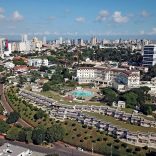

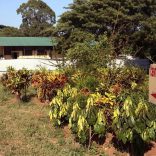

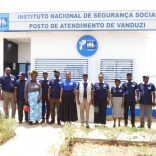
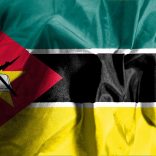




Leave a Reply
Be the First to Comment!
You must be logged in to post a comment.
You must be logged in to post a comment.